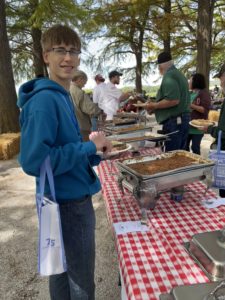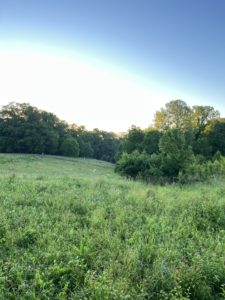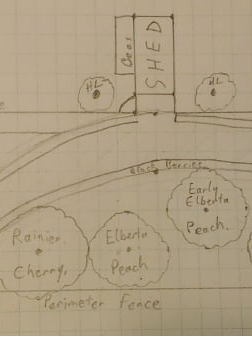Forrest Keeling Fall Field Day
The main agroforestry event I look forward to every year is the Forest Keeling Fall Field Day, because I can learn and buy trees in the same day! This September 22nd, Owen and I drove into the great state of Missouri to learn about clean water, native trees and plants, and big movements that are making the world a better place to live.
Since building ponds at The Shire this summer, I was particularly interested in these topics. Our ponds were finished on Monday, July 25th, the day before a record 10″-12″ rain. Our ponds filled up in one day, but that left deep ruts in the banks of our new, beautiful ponds. We knew that we had to do something to stabilize our banks from future storms.



Chad Pregracke – Living Lands and Waters
Chad started off the day with a phenomenal story of perseverance in cleaning up the rivers in the Midwest. I recommend watching his story. It shows that anyone can make a difference, but it won’t be easy.

Sherry Fischer – Riparian Corridors
I enjoyed hearing about the ways Missouri is shoring up waterway banks in order to minimize erosion. I once talked with a landowner who planted trees on his side of a large creek, but his neighbor did not. Over 10 years, the creek slowly eroded the neighbor’s land but not his own. These small and large projects are so important to keeping the land productive, as we’ve learned on our own land. Water is life, but in large quantities, it is destructive. One main goal of permaculture is to slow, spread, and soak water into the landscape.

Alan Branhagen – Landscaping with Native Wetland Plants
Alan’s talk was the most practical for me. I loved learning about specific plants and their uses. Each generation needs to learn the breadth of diversity available in order to best steward our natural resources. One of my favorite persons on this is Eliza Greenman, dubbed “The Indiana Jones of Agroforestry“. She travels and searches for the best cultivars to utilize in agroforestry systems.





















